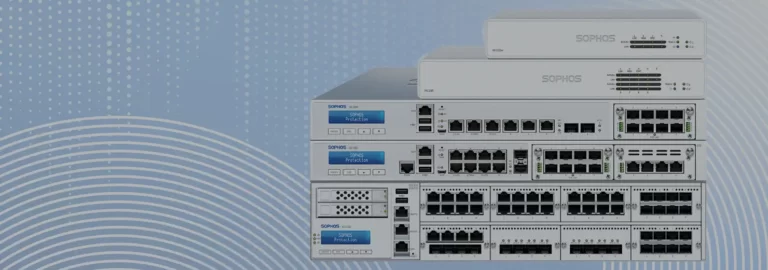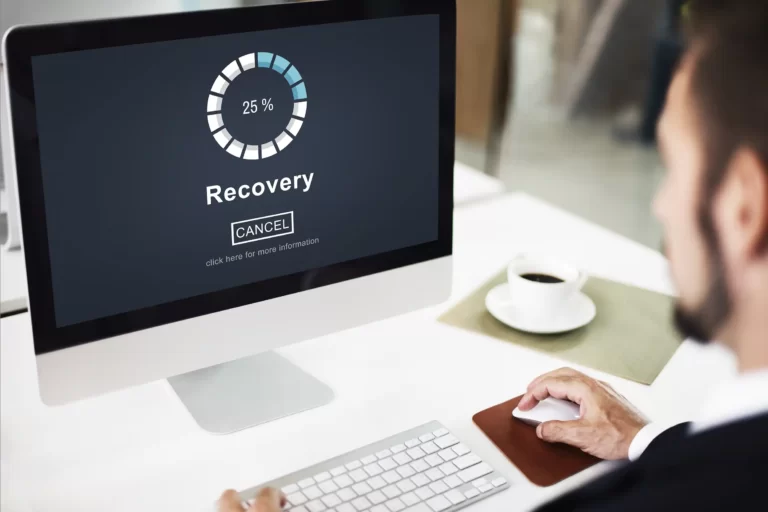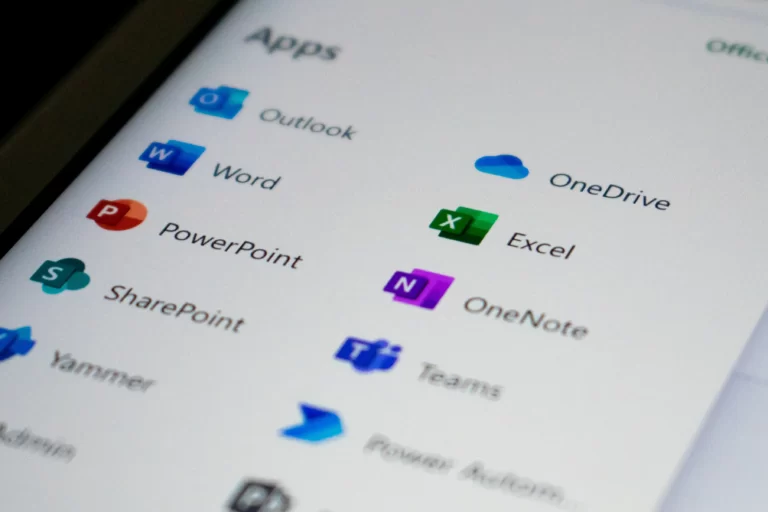There are thousands of Australian local businesses that fall victim to email phishing scams daily.
In this blog post, we will discuss what email phishing is and how you can mitigate against it.
WHAT IS EMAIL PHISHING?
Email phishing is a type of cyberattack that involves tricking individuals into giving away sensitive information, such as login credentials or financial data, by posing as a trustworthy entity through an email message. It is a popular tactic among cybercriminals due to its low cost and high success rate.
Email phishing can come in various forms, such as:
How to mitigate against email phishing?
Mitigating against email phishing requires a combination of awareness, education, and technological measures. Here are some steps you can take to protect yourself and your organization:
In conclusion, email phishing is a serious threat that can result in significant financial losses and damage to your organization’s reputation. By staying vigilant, educating your employees, using technology, keeping software up to date, and reporting suspicious emails, you can mitigate against email phishing and protect your organization from cyberattacks.Mitigating against email phishing requires a combination of awareness, education, and technological measures. Here are some steps you can take to protect yourself and your organization:





